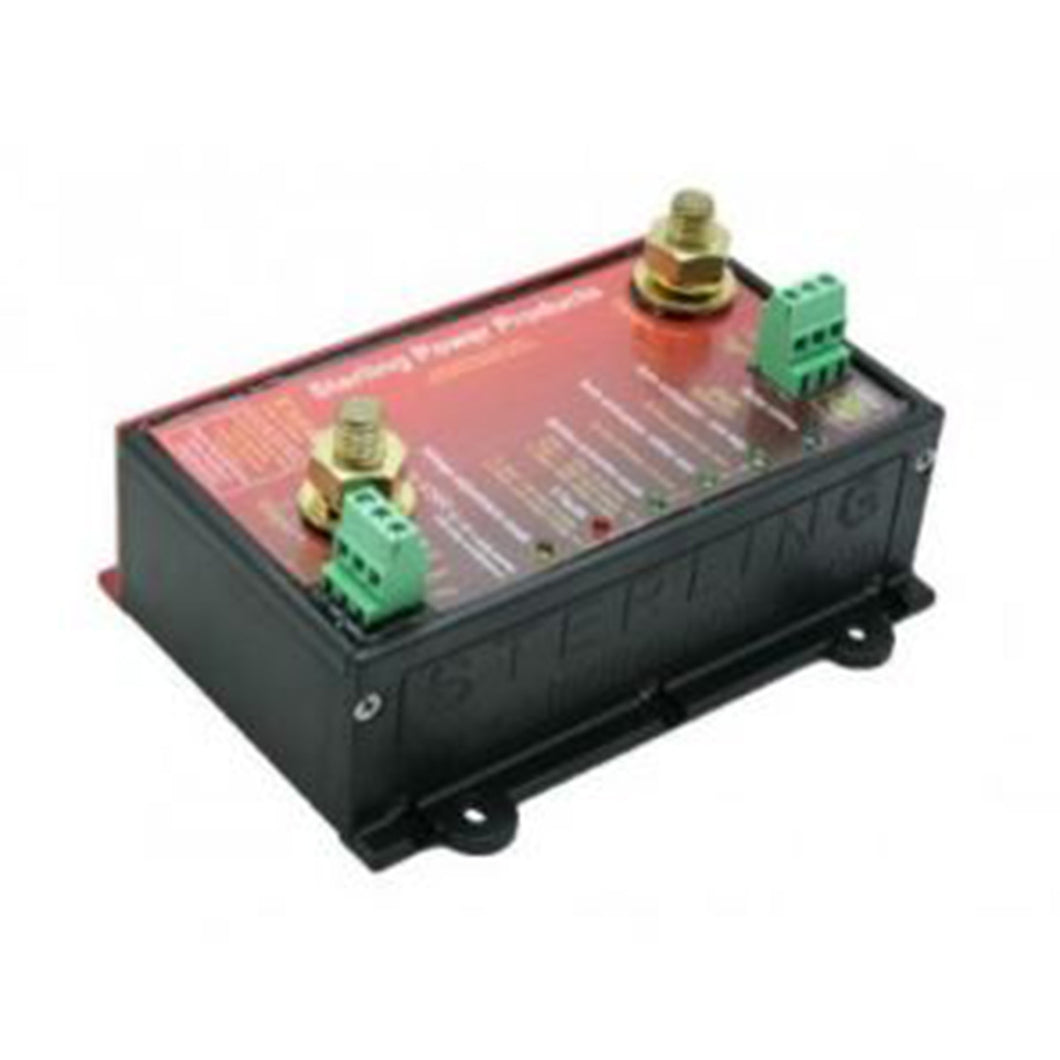

- #24 volt photo sense relay switch how to#
- #24 volt photo sense relay switch install#
- #24 volt photo sense relay switch series#
Many lighting systems use photocell sensors to automatically activate the lighting, but photocells sometimes fail and require simple troubleshooting procedures. Outdoor lighting enhances the appearance of the residence, acting as a guide, guiding visitors down the path. Troubleshooting Guide for Photocell Sensor Put your lamps back together to complete the installation of the photocell. Cover the photocell with your hand-when the photocell is closed, the light turns on, indicating that the photocell is working properly. To test the photocell, turn on the power again at the circuit breaker. Use electrical tape to fully glue your connection. Make sure that the cover is tightly wound on the wire. Be sure to tighten the bare copper wire to make the connection tight.Ĭonnect the second black wire on the photocell with the black wire on the lamp, making sure that the copper wires are completely twisted together.Ĭover your new connection with an electric cap. Disconnect the black wire from the house to the light fixture.Ĭonnect a black wire from the photocell to the black wire from the building. Those black wires need to be connected to the black wires that connect the lamps to the main power supply of the building. The photocell should have two black wires. You may want to use photos to record how it was broken down so you can easily reassemble it. Remove the housing containing the external light source. Turn on the outdoor light switch, check again whether the power is off, and make sure it is not turned on. If you don’t know which switch is supplying power to your lights, turn off all the switches in the building to ensure that the power has been cut off. Turn off the circuit breaker of the outdoor light.
#24 volt photo sense relay switch install#
This project requires some electrical work, so if you feel unsure or safe to perform these tasks, you should contact an electrician to install the photocell for you.

The following steps will guide you to install the photocell sensor.
#24 volt photo sense relay switch how to#
How to install a photocell sensor for outdoor lighting The photocell is powered by the power supply line of the circuit breaker.
#24 volt photo sense relay switch series#
The wiring and installation of the photocell are very simple, as shown in the figure below:Īs shown above, the load wire (Lo) is connected in series to the lighting device, and the neutral wire (N) is connected to all lights through a circuit breaker. The picture of a certain brand of photocell terminal is as follows: Change to other brands of photocells may change. In most photovoltaic cells, the load wire is red, the neutral wire is white, and the power wire is black. The photocell used for lighting has three terminals, marked as follows: When the dark light irradiates the resistance value of about 200 kiloohms, the resistance value (resistance) on the LDR becomes larger (increase), which causes the voltage of the lamp to be blocked (cannot flow) and the lamp is turned off. Using a photocell working on the principle of light-dependent resistance, when the light intensity is low (dark), the resistance value of the LDR will decrease, when the light intensity is about 500 ohms, the resistance value of the LDR will decrease because the resistance value (resistance) on the LDR changes Small, causing current to flow, when the lamp is turned on, and then when exposed to large light intensity (bright), the resistance value will increase. Photocells control the entire circuit, which is an ideal way to manage safety lighting or landscape lighting. Other uses of photocells include turning on parking lots or street lights after dark, adjusting indoor dimmers to compensate for changes in natural light levels, or turning on or off illuminated commercial signs. When you are not at home, the photoelectric cell that controls the external lights and the timer that turns on the internal device will create an illusion of occupancy, which can deter intruders. Because they can perceive the surrounding light levels, photovoltaic cells can automatically adjust to seasonal changes in the day and night cycle, regardless of the influence of daylight saving time. They are used to turn on exterior lights at sunset and turn off exterior lights at dawn. Its resistance decreases as the incident light intensity increases. The phototube switch is essentially a light-dependent resistor, referred to as LDR.


 0 kommentar(er)
0 kommentar(er)
